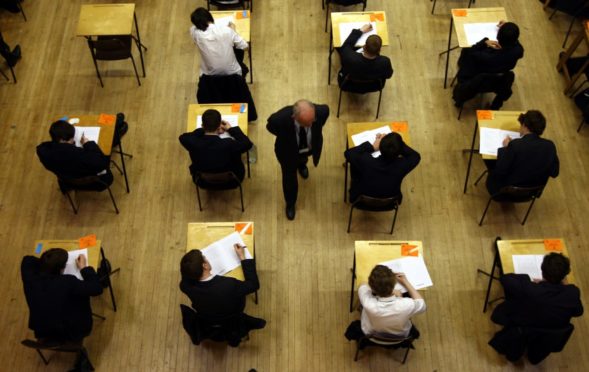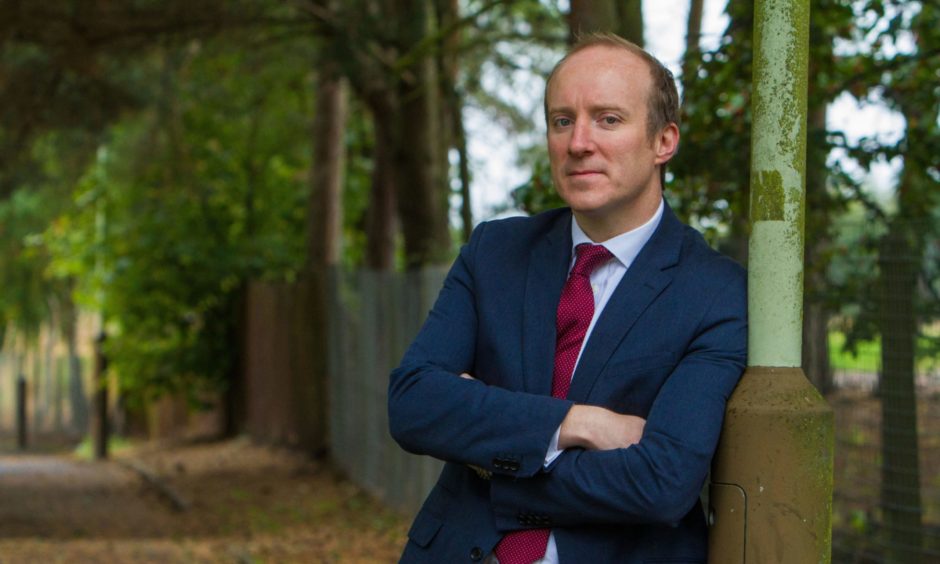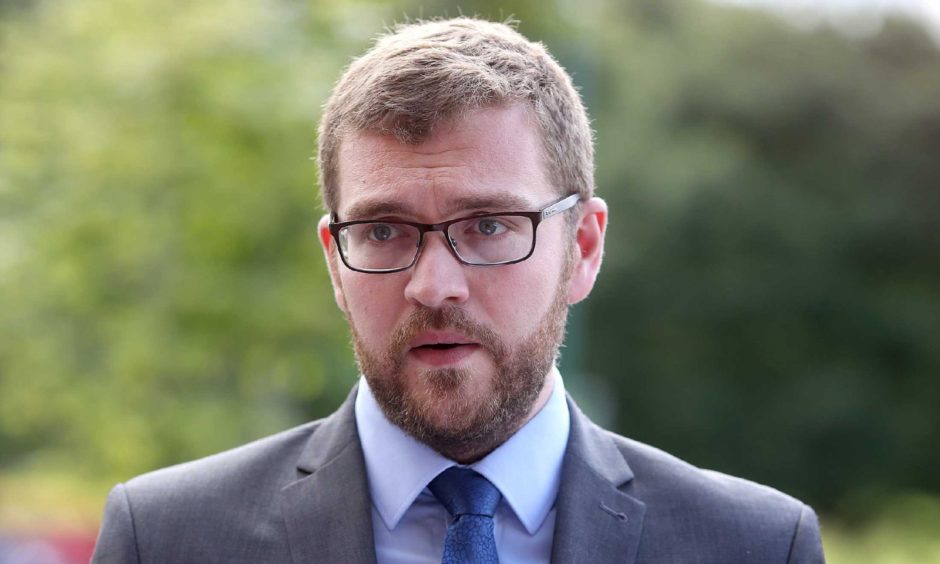Scottish Labour has asked for urgent clarification on whether the First Minister misled parliament over the exam results “disaster”
The party has written to the education secretary Shirley-Anne Somerville and the Scottish Government asking if Nicola Sturgeon misled Holyrood last week when answering questions on how assessments and grades this year were being allocated.
Education spokesman Michael Marra said the country’s least advantaged pupils will be hit “hardest” by another “results disaster”
Ms Sturgeon last week defended the SQA during first minister’s questions, before it was announced hours later the Scottish Government would be looking into reforming the exams body in the wake of a number of scandals in the last two years.
Labour has accused Ms Sturgeon of a “mislead” of the Scottish Parliament by claiming this year’s grading levels would not be subject to comparison to a schools’ “historic results”, which the SQA and local authorities both have said would be the case.
Ten questions
The ten questions Labour want answers to are:
- Did the First Minister mislead parliament when she said pupil grades would not be reviewed against historical results, when they will be?
- Will the government or SQA publish the methodology for the moderation process before it begins, after failing to last year?
- Did the National Qualifications Group 2021 sign-off on the appeals process?
- What support will be made available for such candidates, and at what point will they be made aware of exactly what evidence their grade has been based on?
- What support will be made open to young people who need to generate evidence after the deadline, given that it will be during the school summer break?
- If young people have had circumstances that mean they have not been able to produce assessment evidence, they have until September to do this.
- What consideration was made of including adverse personal circumstances as a criteria in the process, and on what basis was the decision made to exclude it?
- It is unclear if the Government or the SQA has modelled the expected number of appeals to be lodged. Has such modelling been done, and if so, what proportion of appeals are expected?
- Conducting appeals this year will be more onerous due to the varied evidence that will be presented as part of each appeal. How many staff are in place to conduct the appeals process, and what assessment has been made of the capacity to conduct appeals in time successfully, given the tight timescales that exist in August? How many staff applied to be involved in the marking process who were unsuccessful?
- Will an equality impact assessment be conducted as part of this process, as was the case last year?
Scottish Labour said it wants the inclusion of a “no detriment” policy in this year’s assessment programme, something young people have spoken in favour of in the wake of this year’s exam diet.
Mr Marra said: “We are heading straight for another SQA results disaster and yet again it is the least advantaged pupils that will be hit the hardest.
“Despite having a year to act to prevent and other exams fiasco, the SQA and Scottish Government have cooked up yet another unfair, unclear and unacceptable appeals process.
“It’s time for answers from the Cabinet Secretary. There is no time to lose.”
Teachers being “disrespected”
Scottish Lib Dem leader Willie Rennie meanwhile warned the country’s teachers were being “abandoned” by the Government.
He said: “As we bounce back from the pandemic one of the key priorities has to be the education of children and young people. Just as we strained every sinew to help the NHS, we should be doing the same to help teachers and pupils build back.
“There are thousands of teachers who are qualified and desperate to teach but many of them are without jobs and have little certainty of what lies ahead. Despite taking their plight direct to the previous Education Secretary, they have been disrespected and abandoned.
“There is no way to reduce class sizes without employing more teachers. But many teachers are learning right now that there isn’t a job for them in August. That’s unfathomable given the need to help pupils bounce back.
“The SNP’s previous promises on class sizes have never been met and it is now clear that the Government has no plans to ever keep their word when it comes to tackling the attainment gap.
“The government needs to reverse the massive growth in temporary, short term teaching contracts and offer permanent jobs instead. Anything less risks driving thousands of talented teachers out of the profession for good.”
Algorithm by stealth
Earlier this week, Scottish Conservative education spokesman Oliver Mundell said: “The SNP education secretary has misled Parliament, parents and pupils by falsely claiming that grades will not be based on historical data.
“This document confirms that the SNP have introduced an algorithm by stealth and kept it under the radar to avoid the inevitable and justifiable outrage.
“Limiting pupils’ grades using historical data and an algorithm is deeply unfair. It wrongly punishes young people because of their postcode, background or where they went to school.
“But the SNP and SQA are sleepwalking into the same shambles we saw last summer, only this time they’re being even more secretive. They seem to have replaced one flawed algorithm with dozens.
“The end result will be the same. The poorest children from the most deprived areas will once again be hit hardest by an SNP Government that no longer views education as a priority.
“The SNP Government and SQA’s fingerprints are all over this report. There’s no excuse for their doublespeak to keep the use of algorithms and historical data secret.”
A spokeswoman for the Scottish Government said: “The government’s absolute priority is ensuring that our young people can achieve fair and credible grades despite the most challenging of school years.
“No learner’s grades will be marked down or up because of their school’s past performance.
“Teachers will be supported in arriving at the provisional results through discussions within their school and across the subject-specific networks, and grades given to learners will be subject to local quality assurance procedures.
“Neither the SQA nor Education Scotland are involved in these processes.
“Adopting a ‘no detriment’ approach to appeals would prevent a full and fair review of the evidence, which could be unfair to other learners and raise questions of credibility.
“We asked SQA to review their appeals process for 2021 to ensure it best meets the needs of young people, and that is what they have done.”



